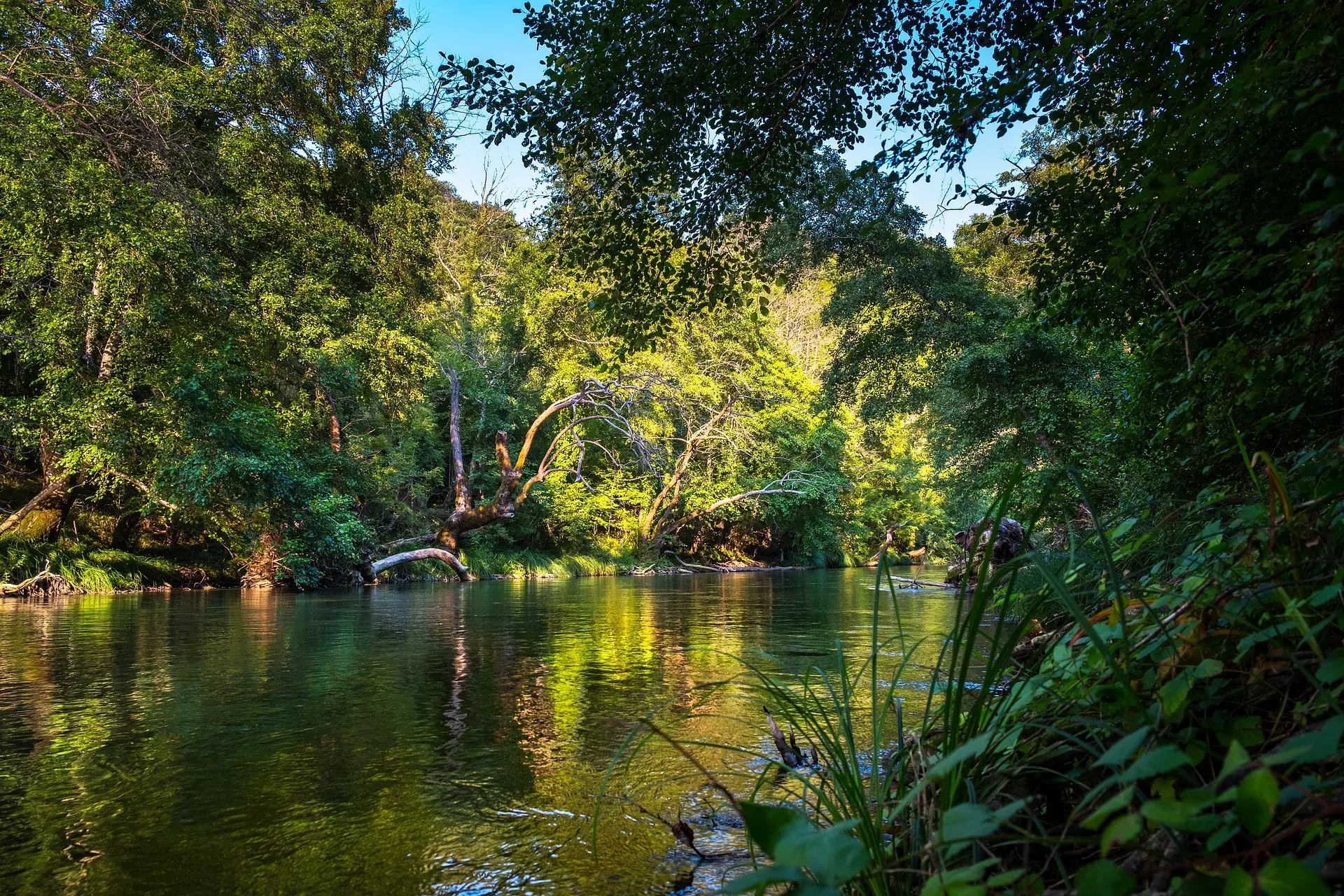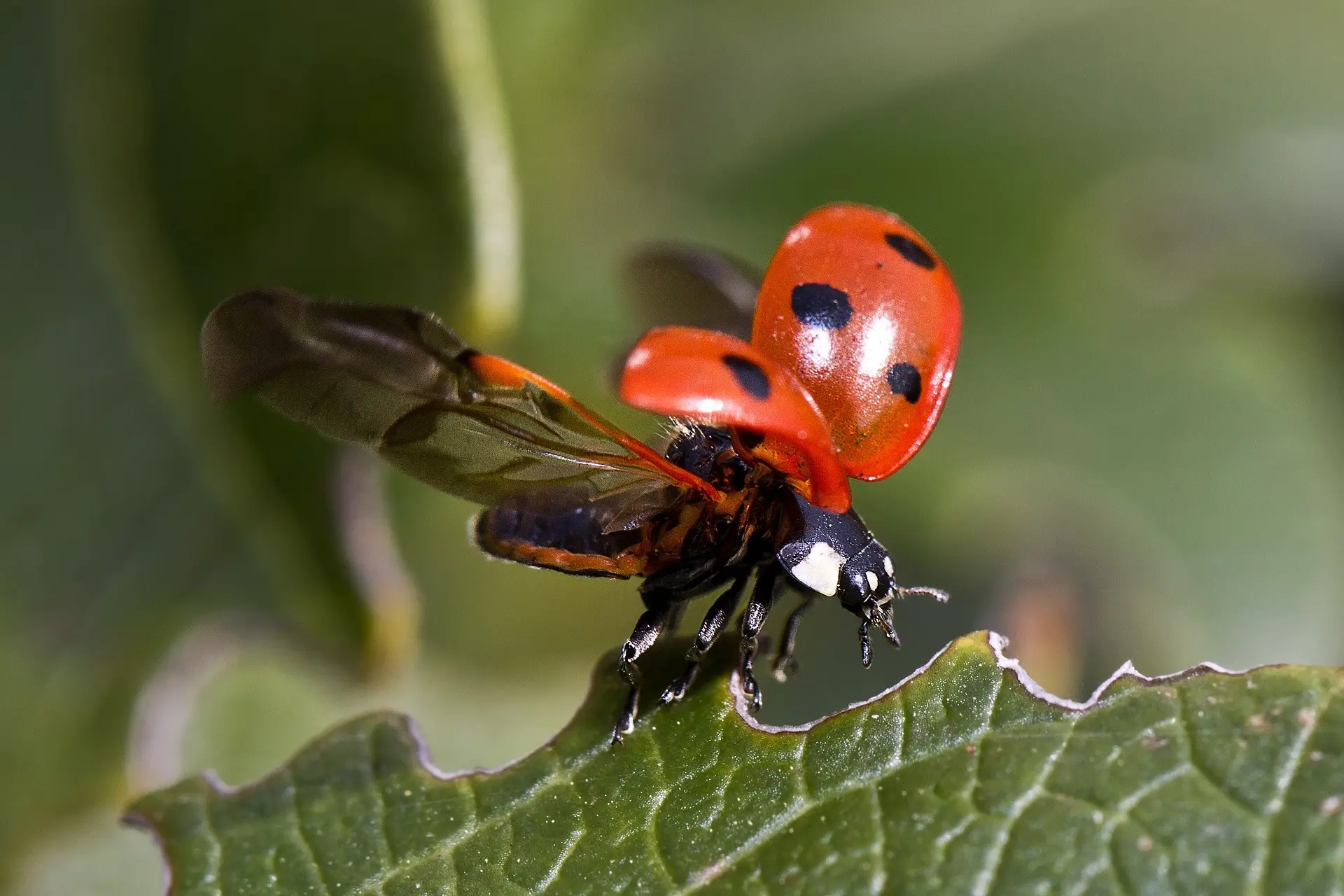Animals
What is The Reason for Freshwater Fish Extinction?
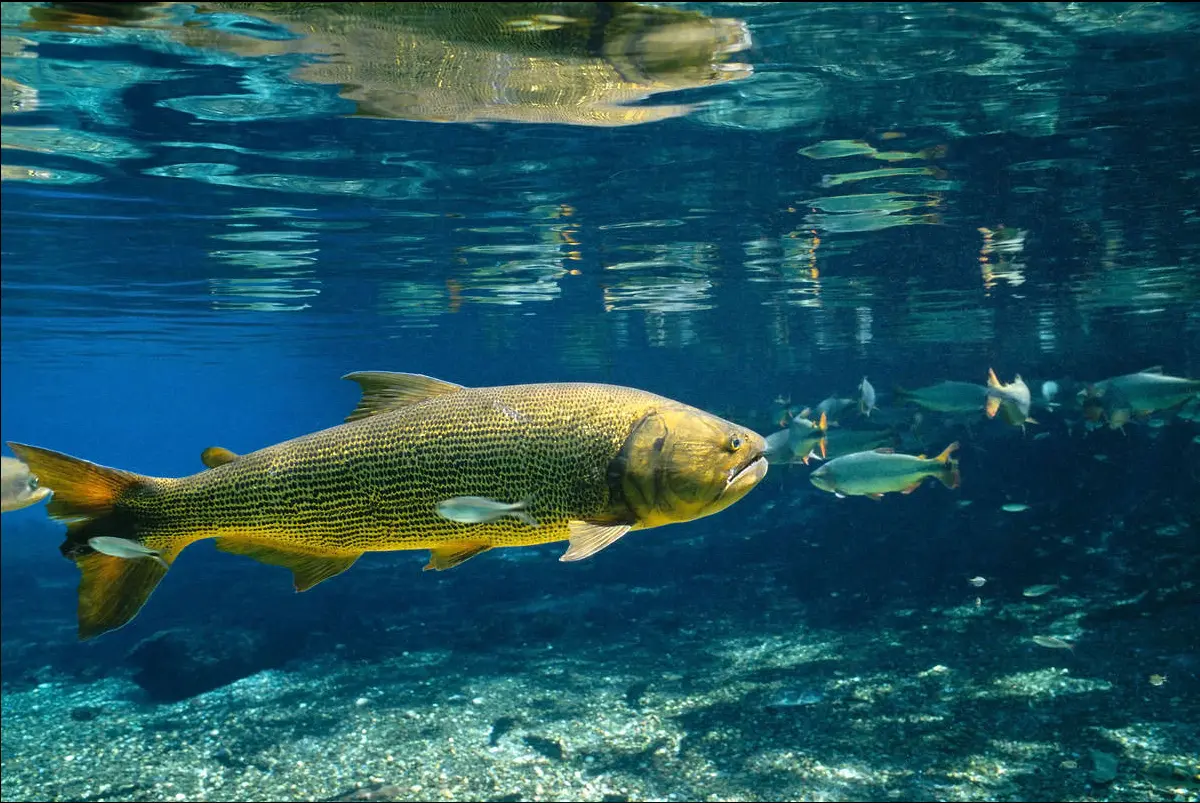
Freshwater fish are an important part of the world’s ecosystems, providing food for both humans and other animals, as well as helping to control aquatic plant growth and maintain the balance of nutrients in their habitats. However, these valuable species are facing increasing threats, and many are at risk of extinction.
One of the main reasons for the decline in freshwater fish populations is habitat destruction. Human activities such as agriculture, urbanization, and the construction of dams and reservoirs have significantly altered and degraded the habitats of many fish species. As a result, these fish are losing their homes and are unable to find suitable places to live, reproduce, and thrive.
Another significant threat to freshwater fish is pollution. Industrial and agricultural runoff, as well as sewage and other forms of waste, can contaminate the water and make it inhospitable for fish. The use of chemicals such as pesticides and fertilizers can also have negative impacts on fish populations.
Overfishing is another major cause of freshwater fish extinction. Many species of fish, especially those that are economically valuable, are heavily targeted by commercial and recreational fishermen. This can lead to overfishing, which can deplete fish populations and make it difficult for them to recover.
Invasive species are also a significant threat to native fish populations. Non-native species, such as the Asian carp, can outcompete native fish for resources and habitat, leading to their decline. These invasive species can also introduce diseases and parasites that can spread to native fish and further harm their populations.
Climate change is another major factor that is contributing to the decline of freshwater fish populations. Rising water temperatures, altered precipitation patterns, and other changes caused by climate change can have serious impacts on fish habitats and the species that depend on them.
In order to protect freshwater fish and prevent their extinction, it is important to address these various threats and take action to conserve these valuable species. This can include measures such as habitat restoration, pollution control, and sustainable fishing practices. It is also important to educate the public about the importance of freshwater fish and the threats they face so that more people can be involved in efforts to conserve these species.
Overall, the extinction of freshwater fish is a complex issue with many contributing factors. By understanding the reasons for their decline and taking action to address these issues, it is possible to protect these valuable species and ensure their continued survival.
Freshwater Fish Extinction
Freshwater fish can be found worldwide in various habitats, from small streams and ponds to large rivers and lakes. While many freshwater fish are harmless to humans, there are a few species that can pose a threat due to their size, venom, or aggressive behavior. Here are some of the most dangerous freshwater fish you should be aware of
Piranha
The piranha is perhaps the most well-known dangerous freshwater fish, thanks in part to its depiction in popular media as a ferocious predator. Found in the Amazon River and its tributaries in South America, piranhas are known for their sharp teeth and powerful jaws, which they use to feed on other fish, birds, and small mammals. While piranhas are not known to attack humans, they can be aggressive if provoked and have been known to bite people who accidentally step on them or try to handle them.

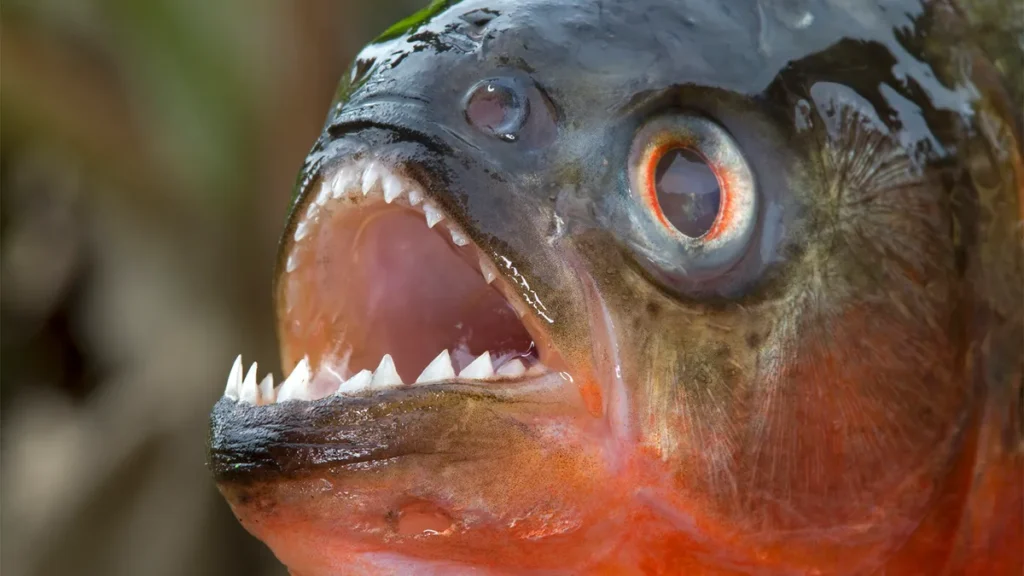
Electric eel
The electric eel is a species of knife fish found in the Amazon and Orinoco river basins in South America. It is not a true eel, but rather a type of fish that can generate powerful electric shocks as a defense mechanism. Electric eels can produce up to 600 volts of electricity, which is strong enough to stun or kill small prey. While electric eels are not known to attack humans, they can be dangerous if handled improperly, as the shock they produce can be strong enough to cause serious injury or death.
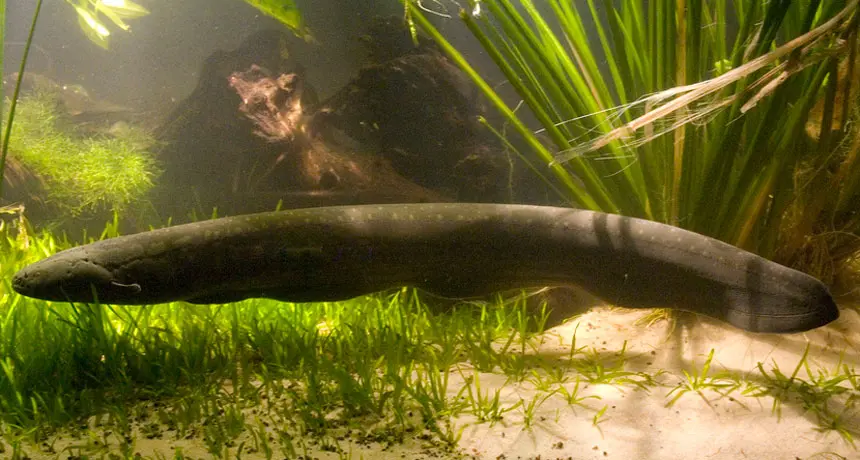
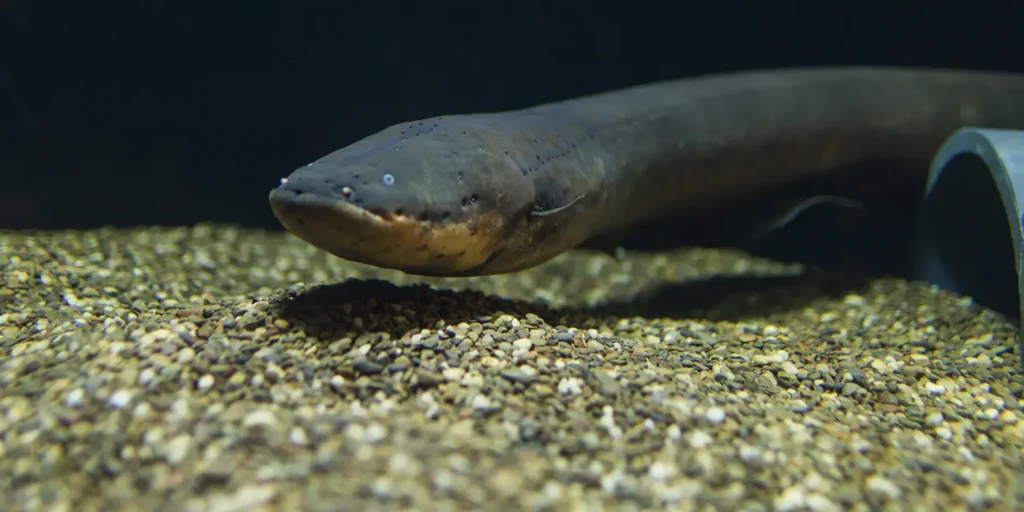
Alligator gar
The alligator gar is a large, predatory fish found in the Mississippi River basin and the Gulf of Mexico. It is named for its long, narrow snout and sharp teeth, which resemble those of an alligator. Alligator gars can grow up to 10 feet in length and weigh over 300 pounds, making them one of the largest freshwater fish in North America. While they are not known to attack humans, they can be aggressive when caught, and their size and powerful jaws make them formidable predators.

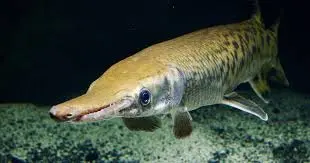
Giant freshwater stingray
The giant freshwater stingray is a large species of stingray found in rivers and streams in Southeast Asia. It is known for its venomous stinger, which is located on the tail and can be used to defend itself against predators. The venom of the giant freshwater stingray can be harmful to humans, causing symptoms such as severe pain, swelling, and difficulty breathing. While attacks on humans are rare, it is important to be cautious when swimming or wading in areas where these fish are known to inhabit.

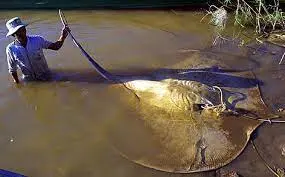
Pufferfish
Pufferfish, also known as blowfish or fugu, are found in tropical and subtropical waters around the world. They are known for their ability to inflate their bodies by swallowing air or water when threatened, which makes them appear much larger and more formidable to predators. Pufferfish also contain a highly toxic substance called tetrodotoxin in their skin, liver, and gonads, which can be lethal to humans if ingested. While pufferfish are not aggressive, their venom can be dangerous if the fish is not prepared properly by a trained chef.
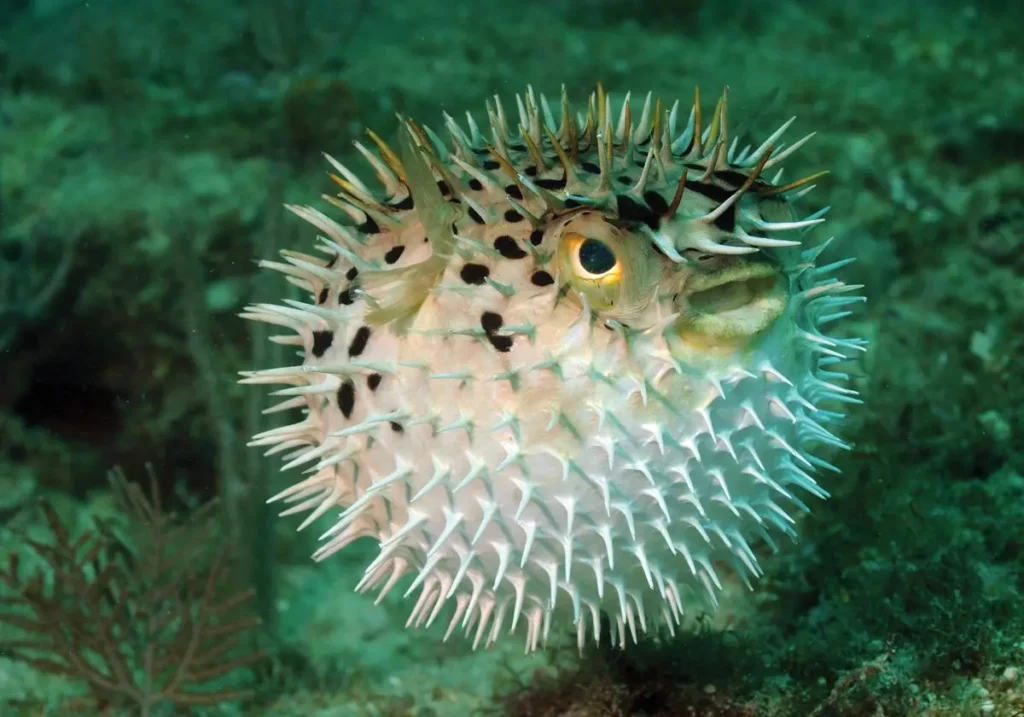
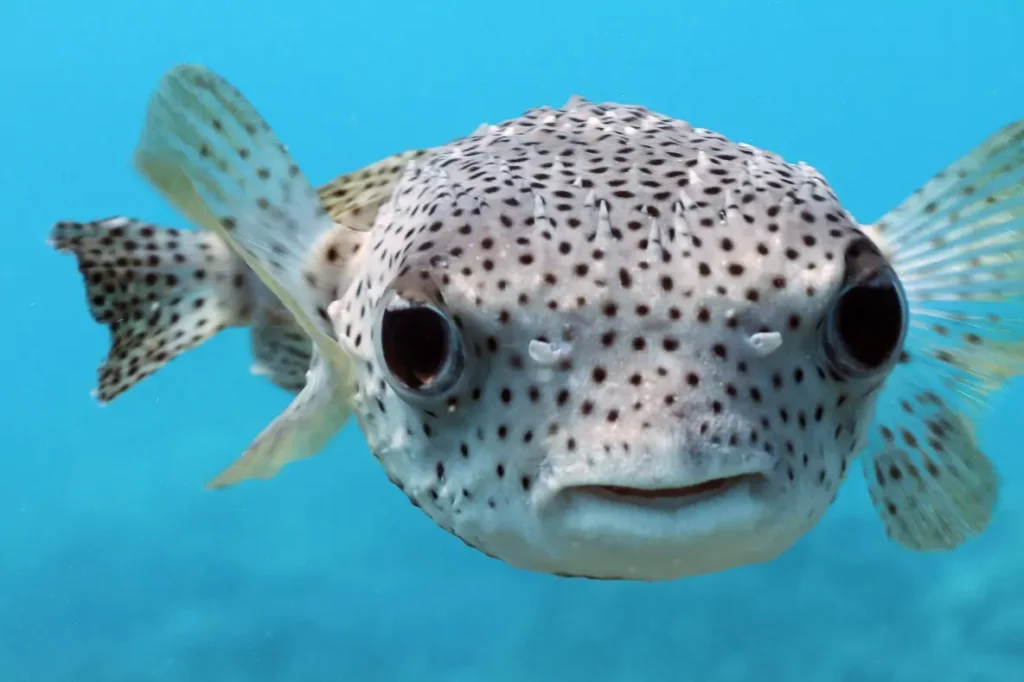
Conclusion
In conclusion, while most freshwater fish are harmless to humans, there are a few species that can pose a threat due to their size, venom, or aggressive behavior. It is important to be cautious and respect the natural environment when swimming or wading in areas where these fish are found. If you are unsure about the safety of a particular species, it is best to err on the side of caution and avoid handling or consuming it.
Animals
Types of Ants Living in the World and Information

Key Takeaways
- There are over 12,000 species of ants identified worldwide, with diverse habitats and behaviors.
- Some common types include carpenter ants, fire ants, sugar ants, and leafcutter ants.
- Ants play vital roles in ecosystems but can also be invasive pests in certain contexts.
- Understanding different types of ants helps in appreciating their ecological importance and managing their presence effectively.
Ants: Nature’s Tiny Yet Mighty Creatures
Ants might be small, but their impact on the environment is enormous. Found almost everywhere on Earth, these fascinating insects have over 12,000 species that vary in size, behavior, and habitat. From their intricate colonies to their ability to adapt and thrive in diverse conditions, ants are nothing short of amazing.
If you’ve ever wondered about the types of ants crawling around the world and their unique characteristics, you’re in the right place. Let’s dive deep into the world of ants and uncover the details you’ve been curious about.
How Many Types of Ants Exist Worldwide?
Ants belong to the family Formicidae, and researchers have identified more than 12,000 species globally, with many more yet to be discovered. They are grouped into various genera and species based on their physical traits, behaviors, and habitats.
Tropical regions, like the Amazon rainforest, are home to the highest diversity of ants. However, you can find them in deserts, forests, urban areas, and even your backyard!
Common Types of Ants and Their Characteristics
Here are some of the most common types of ants found worldwide:
1. Carpenter Ants
- Where They Live: Forests, wooden structures, and dead trees.
- Why They’re Special: These ants are famous for their ability to burrow into wood, which can sometimes cause damage to homes. They don’t eat wood but use it to create their nests.
- Geographic Range: Found across North America, Europe, and parts of Asia.

2. Fire Ants
- Where They Live: Warm climates, particularly in South America and the southern United States.
- Why They’re Special: Known for their painful sting, fire ants are aggressive and can pose a threat to humans and animals.
- Behavior: They form large colonies and are highly territorial.
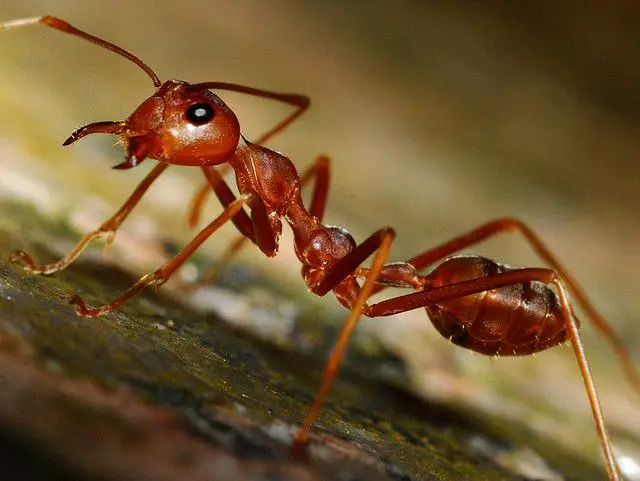
3. Sugar Ants
- Where They Live: Near human settlements where sugary food is available.
- Why They’re Special: Attracted to sweet foods, sugar ants are common household pests.
- Behavior: Mostly harmless but annoying due to their foraging habits.
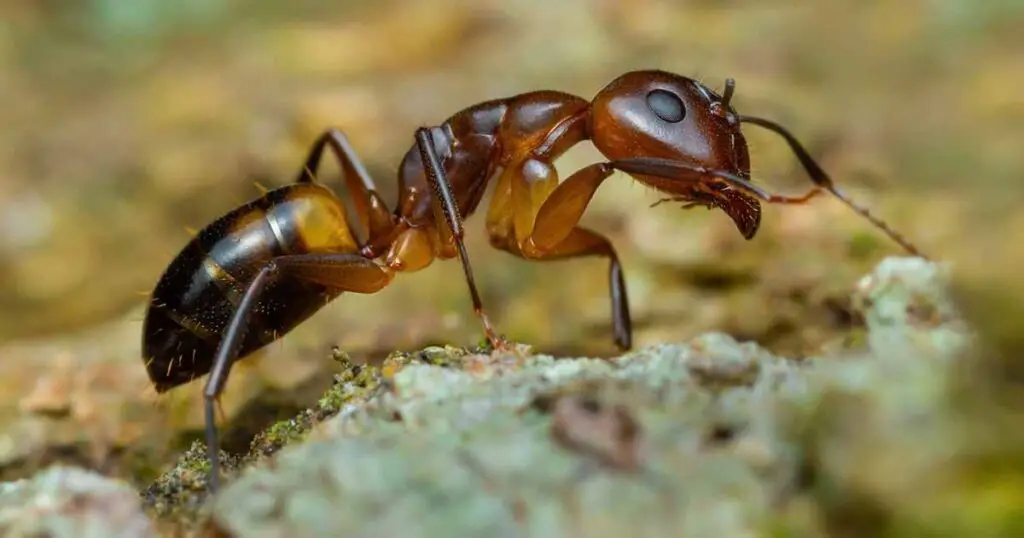
4. Leafcutter Ants
- Where They Live: Tropical rainforests in South and Central America.
- Why They’re Special: These ants are nature’s farmers, cutting leaves to cultivate fungus, which serves as their primary food source.
- Ecological Role: Essential for nutrient cycling in forests.
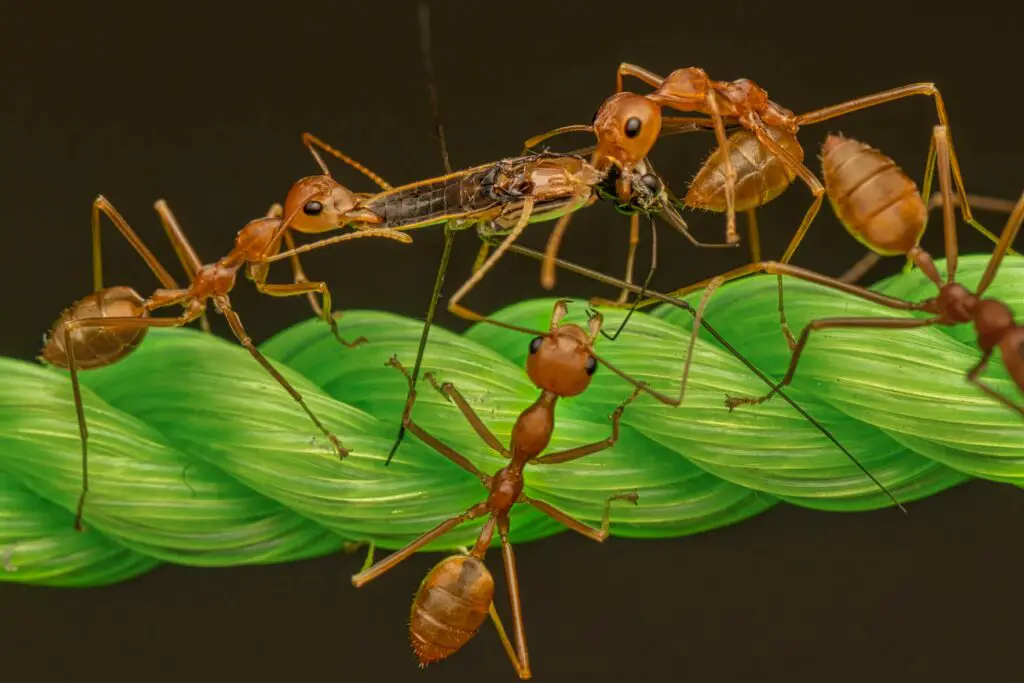
5. Army Ants
- Where They Live: Tropical regions, especially in Africa and South America.
- Why They’re Special: Known for their nomadic lifestyle and coordinated hunting strategies.
- Behavior: Travel in massive swarms to hunt prey.

Where Ants Live and Thrive
Ants are incredibly adaptable and can live in almost any environment. Here are some key habitats:
- Tropical Regions: Rich biodiversity and food availability make these areas ideal.
- Urban Areas: Many ants thrive in human settlements due to easy access to food and shelter.
- Deserts: Species like the harvester ant have adapted to extreme heat and arid conditions.
Unique Behaviors and Social Structure
Ants have complex social structures that make their colonies highly efficient. Each colony has a queen, workers, and sometimes soldiers. Their communication relies on pheromones, sounds, and touch, enabling them to work together seamlessly.
Interesting behaviors include:
- Farming: Leafcutter ants grow fungus as food.
- Swarming: Army ants hunt in groups to capture larger prey.
- Nest Building: Carpenter ants carve intricate tunnels in wood.
Benefits and Challenges of Ants
Ants are essential for ecosystems:
- Benefits:
- Aerate soil and help plants grow.
- Control pests by eating other insects.
- Recycle organic material.
- Challenges:
- Some species, like fire ants, are invasive and harmful.
- Carpenter ants can damage wooden structures.
FAQs About Ants
1. Why are ants important in ecosystems?
Ants help aerate the soil, control pests, and recycle organic material, making them vital for the environment.
2. How can I identify different ant species?
Look at their size, color, behavior, and where they live. Using a guidebook or online resources can also help.
3. Are all ants harmful?
No, most ants are harmless. Some can be pests, but others play crucial roles in maintaining ecological balance.
Conclusion
Ants may be small, but they’re incredibly diverse and vital to the natural world. From carpenter ants burrowing in wood to leafcutter ants farming fungus, each species has a unique story to tell. By understanding more about these fascinating creatures, we can appreciate their roles in the ecosystem and learn to coexist with them.
Image Article Source : https://www.pinterest.com/
Animals
The 10 Largest Living Birds in the World

Key Takeaways
- Discover the top 10 largest living birds by size and weight.
- Learn about their unique habitats, behaviors, and adaptations.
- Gain insight into how these birds survive and thrive in their environments.
Introduction
Birds are among the most fascinating creatures on Earth, and their incredible diversity never ceases to amaze us. From the small and colorful hummingbird to the towering ostrich, each species plays an important role in its ecosystem. But today, we’re going big—literally!
Have you ever wondered which birds hold the title of the largest living species in the world? This guide will take you on a journey to meet the giants of the bird kingdom. From massive flightless land birds to majestic fliers with astonishing wingspans, these species showcase just how remarkable nature can be.
Let’s dive into the top 10 largest living birds, exploring their size, habitats, and extraordinary traits that make them stand out.
The 10 Largest Living Birds
1. Ostrich – The Largest Living Bird
- Average Height: 8–9 feet
- Average Weight: 220–350 pounds
- Habitat: African savannas and deserts
The ostrich is not just the largest bird on the planet but also the fastest runner among birds, reaching speeds of up to 60 mph. They have powerful legs that allow them to cover up to 16 feet in a single stride. Being flightless, ostriches rely on their speed and size to evade predators.

2. Southern Cassowary – The Forest Giant
- Average Height: 5–6.6 feet
- Average Weight: 110–160 pounds
- Habitat: Tropical forests of Australia, New Guinea, and nearby islands
Known for its striking blue neck and helmet-like casque, the southern cassowary is a solitary and territorial bird. While flightless, it’s an excellent swimmer and can navigate rivers with ease. Beware—this bird is known for its strong legs and sharp claws!

3. Emu – Australia’s Iconic Bird
- Average Height: 5.7–6.2 feet
- Average Weight: 100–130 pounds
- Habitat: Grasslands, woodlands, and semi-arid regions of Australia
The emu is a close cousin to the cassowary and shares its flightless nature. These curious birds are known for their inquisitive behavior and can travel long distances while searching for food.\

4. Dalmatian Pelican – The Largest Flying Bird by Weight
- Wingspan: 9–11.5 feet
- Average Weight: 22–33 pounds
- Habitat: Wetlands across Europe and Asia
This elegant bird is the heaviest flying bird in the world. Its enormous wingspan allows it to soar effortlessly, while its large pouch helps it catch fish. Dalmatian pelicans often live in colonies near lakes and rivers.
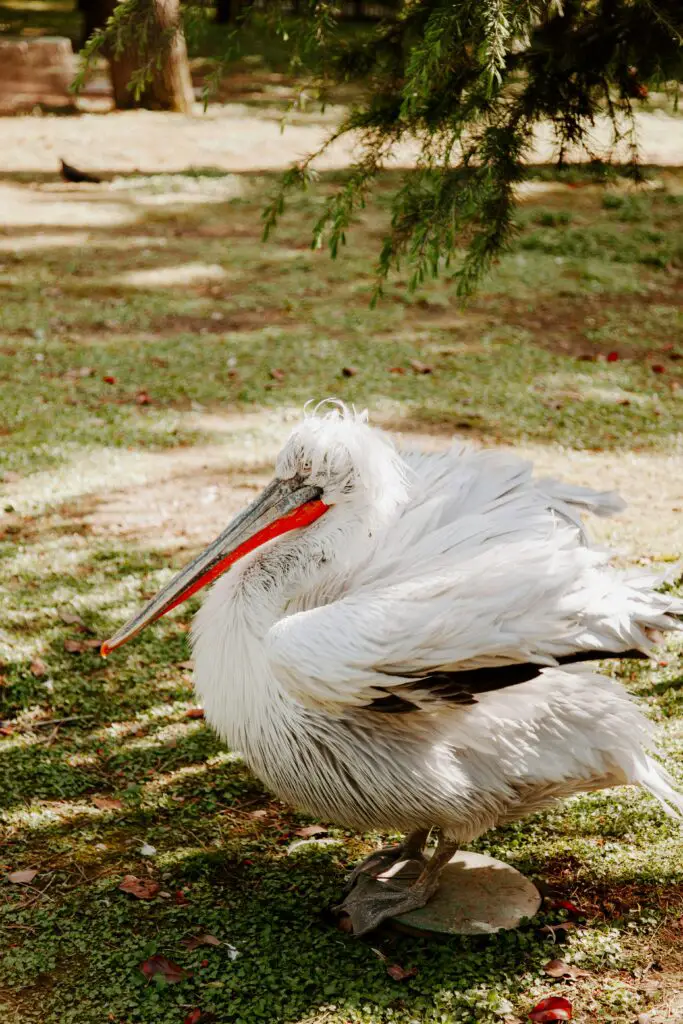
5. Mute Swan – Grace and Size Combined
- Wingspan: 7–8 feet
- Average Weight: 20–26 pounds
- Habitat: Lakes and ponds in Europe, Asia, and North America
Known for their elegant white feathers and curved necks, mute swans are among the largest waterfowl. Despite their serene appearance, they are highly territorial and can be aggressive when protecting their nests.

6. Wandering Albatross – The Bird with the Longest Wingspan
- Wingspan: 11–12 feet
- Average Weight: 15–25 pounds
- Habitat: Southern Ocean and sub-Antarctic islands
Famous for their incredible wingspan, wandering albatrosses can glide for hours without flapping their wings. They spend most of their lives at sea and are master navigators, traveling thousands of miles across the ocean.

7. Andean Condor – The Largest Bird of Prey
- Wingspan: 9–10.5 feet
- Average Weight: 20–33 pounds
- Habitat: Andes Mountains of South America
This majestic scavenger is a symbol of the Andes. With its broad wings and impressive gliding ability, the Andean condor relies on thermals to soar high above the mountains in search of carrion.

8. Kori Bustard – The Heaviest Flying Bird
- Average Weight: 24–42 pounds
- Habitat: African savannas and dry grasslands
The kori bustard holds the record for being the heaviest bird capable of flight. While they prefer walking and are not strong fliers, these birds display fascinating courtship dances during the breeding season.

9. Sarus Crane – The World’s Tallest Flying Bird
- Average Height: 5.9–6 feet
- Average Weight: 15–26 pounds
- Habitat: Wetlands in South Asia, Southeast Asia, and Australia
With their long legs and graceful movements, Sarus cranes are known for their striking beauty and elaborate mating dances. These birds form lifelong bonds with their mates.

10. King Penguin – The Largest Penguin Species
- Average Height: 3.1–3.3 feet
- Average Weight: 25–35 pounds
- Habitat: Sub-Antarctic islands
King penguins are the second-largest penguin species after the emperor penguin. Their striking orange and yellow plumage make them one of the most recognizable birds in the world.

FAQs About Large Birds
What is the largest living bird?
The ostrich is the largest living bird, standing up to 9 feet tall and weighing up to 350 pounds.
Can the largest birds fly?
Most of the largest birds, like ostriches, cassowaries, and emus, are flightless. However, large flying birds like the wandering albatross and Dalmatian pelican excel at gliding or soaring.
Why are some birds flightless?
Flightless birds evolved in environments with fewer predators, prioritizing size and strength over the ability to fly.
Conclusion
The world of birds is full of surprises, and the largest ones truly stand out with their impressive size and unique adaptations. Whether it’s the sheer speed of an ostrich or the majestic flight of a wandering albatross, these birds remind us of nature’s incredible diversity.
If you ever get a chance to see one of these giants in the wild, take it—it’s an experience you won’t forget!
Animals
[Around] The World Reptiles Meaning and Examples

Reptiles’ meaning and examples
Reptiles are a diverse and fascinating group of animals that inhabit many different habitats worldwide. Some of the most common reptile species include snakes, lizards, and crocodiles. These creatures can move quickly and hide in their environments, making them quite dangerous to encounter. Despite their fearsome appearances, reptiles are some of the most gentle animals.
Reptiles are a diverse group of animals that typically have scaly skin and rigid bodies. They can be found worldwide, except in the polar regions. Reptiles can be divided into two groups: cold-blooded and warm-blooded. Cold-blooded reptiles, such as snakes, lizards, and turtles, maintain their body temperature by using their metabolism to generate heat.
Reptiles have a number of adaptations that allow them to live in different environments, including water and land. They have a variety of uses, including being used in research and being kept as pets.
Around The World Reptiles Meaning and Examples
Snake
Snakes are some of the most mysterious creatures on earth. Some people fear them, while others find them fascinating. There are more than 20,000 different species of snakes worldwide, and each one has its unique features and characteristics, whether you’re a snake lover or a terrified observer.
Snakes are one of the most feared creatures in the animal kingdom. They have a reputation for being aggressive and venomous, but this is not always the case. Many snakes are peaceful animals that are only interested in eating small prey. Some of the most common snake species in North America include the cottonmouth, eastern diamondback, and copperhead.


“Reptiles meaning and examples“
Lizard
Lizards are fantastic creatures, and they are definitely underrated. They are fascinating animals that can be found all over the world. Lizards can be very fun to watch and they make great pets.
Lizards are scaly reptiles that have four legs and a long tail. They are found in warm climates all over the world. Some species can reach a size of two feet long. Lizards are good climbers and can move quickly through the underbrush.
Lizards are a group of squamate reptiles that make up the class Reptilia. There are over 1,000 species of lizards, making them the most diverse group of reptiles. These creatures vary in size from the tiny speckled elf lizard to the massive anoles. Lizards are able to change their color and patterns to match their environment, which helps them to blend in with their surroundings.


“Reptiles meaning and examples“
Crocodiles
Crocodiles are large, semi-aquatic reptiles that live in tropical regions around the world. They are members of the order Crocodilia, which also includes alligators, caimans, and gharials. Crocodiles are among the most ancient living creatures, having first appeared around 80 million years ago during the late Cretaceous period. They can grow to massive sizes, with some species reaching over 20 feet long and weighing over a ton.
Crocodiles are apex predators in their environments and are well-adapted for life in the water. They have elongated, muscular bodies with webbed feet, powerful tails for swimming, and eyes and nostrils located on top of their heads so they can see and breathe while most of their body is submerged. Their jaws are incredibly strong and when their powerful bite clamps down on prey, it is nearly impossible to escape. Crocodiles hunt by waiting patiently in the water for unsuspecting prey to come near, then they strike with incredible speed and force. Their diet consists mainly of fish, birds, and mammals. Crocodiles play an important role as apex predators in their ecosystems.
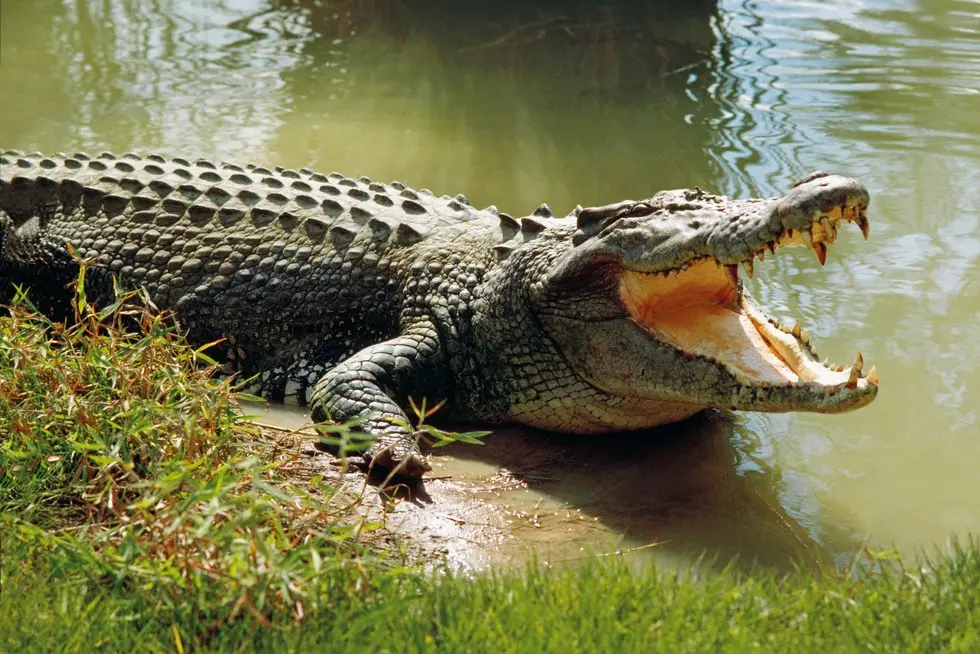
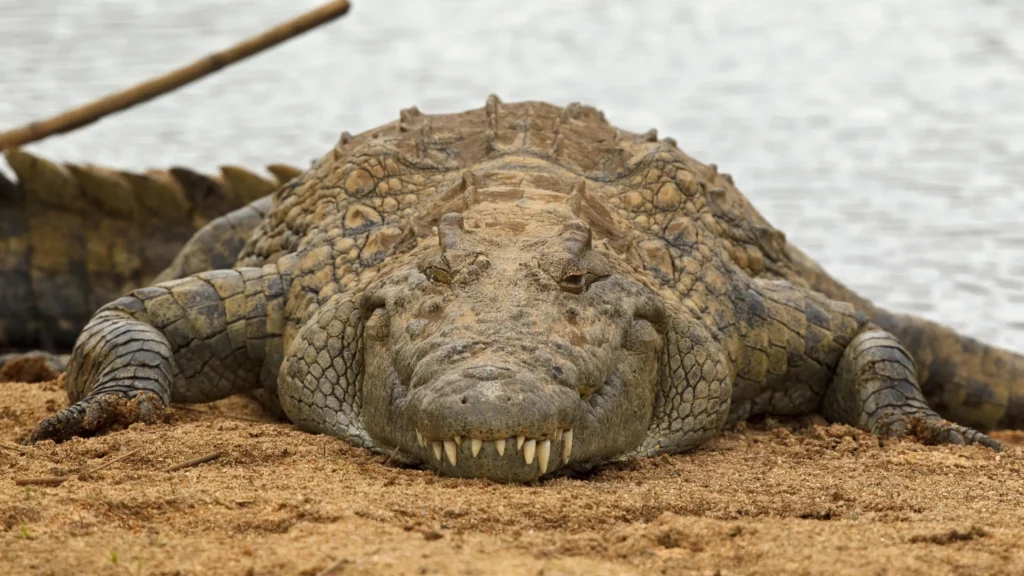
Komodo dragon
The Komodo dragon (Varanus komodoensis) is the largest living species of lizard, growing up to 3 meters long and weighing over 70 kg. Native only to a few islands in Indonesia, Komodo dragons are apex predators that inhabit scrublands and tropical forests. They are capable of taking down large prey like deer, pigs, and water buffalo using their massive serrated teeth and venomous saliva. Though the Komodo dragon was first documented by Western scientists in 1910, legends of these giant lizards circulated for centuries among Indonesian locals.
Komodo dragons exhibit a number of unique adaptations that aid their hunting success, including an acute sense of smell that allows them to detect prey from miles away. They also have powerful legs and a large muscular tail that helps them sprint short distances up to 13 mph. Due to their slow metabolism, Komodo dragons can go weeks without eating after a big meal. Females lay clutches of up to 30 eggs which hatch after 8-9 months of incubation. Young Komodo dragons spend the early years of their life in trees to avoid being eaten by adults. Today Komodo dragons are a vulnerable species, with only around 2500 adults left in the wild. Conservation efforts focus on protecting their island habitats.
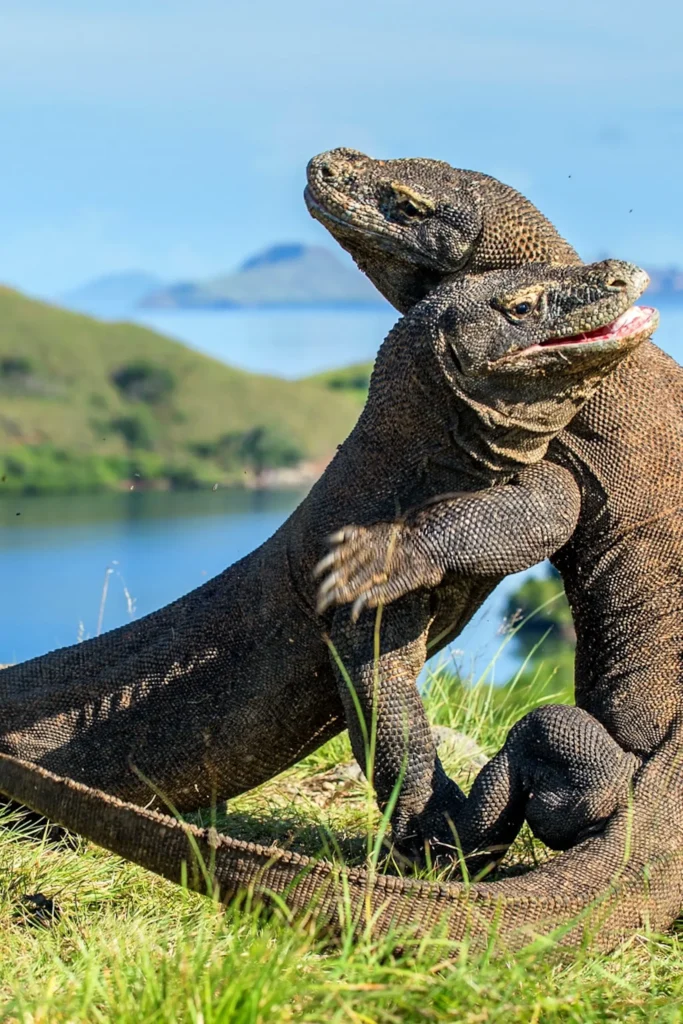

Gila monster
The Gila monster is a venomous lizard native to the southwestern United States and northwestern Mexican state of Sonora. As the only venomous lizard native to the United States, the Gila monster is a unique and iconic creature. These large, sluggish lizards reach up to 2 feet in length and have black bodies marked by pink, orange, or yellow bead-like scales. Though the Gila monster’s bite is severely painful, its venom is not typically fatal to healthy adult humans. However, it was once greatly feared before becoming the first venomous animal to be studied thoroughly and have its toxin isolated.
Gila monsters spend about 90% of their lives underground in burrows or rocky shelters. They are opportunistic foragers and make use of scent trails to locate carrion and rodent prey. When consumed, prey is digested very slowly due to the Gila monster’s slow metabolism. They mate from May through July and eggs are laid in July or August before hatching the following April or May. Gila monsters are a threatened species primarily due to habitat loss. They are now protected by law in some states.
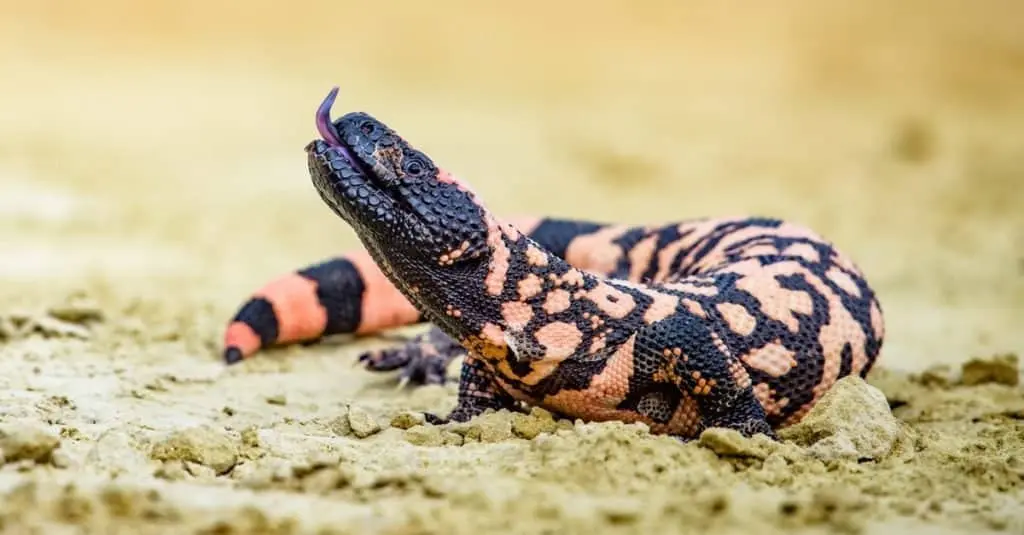

Tortoise
Tortoises are reptiles that belong to the order Testudines. There are around 50 different tortoise species, with most living on land and a few living in water. Tortoises are characterized by their domed shells, which are made up of a carapace (top portion) and plastron (bottom portion). The shell provides protection for the tortoise from predators and harsh environmental conditions. Tortoises move slowly on four sturdy legs, with elephantine hind legs and more slender front legs. Their necks are able to retract within their shells for added protection.
Tortoises are herbivores and have a diet consisting mainly of grasses, flowers, fruits, and vegetables. They live in a variety of habitats depending on the species, including deserts, grasslands, forests, and swamplands. Tortoises spend most of their time grazing and basking in the sun to regulate their body temperature. They are solitary creatures and only come together for mating. Females dig nests in soft earth to lay eggs. Tortoises can live very long lives, with some individuals documented to be over 150 years old. Their slow metabolisms and protective shells contribute to their longevity.


Lined skink
The lined skink is a species of small lizard found in Australia. They are named for the distinctive white or yellowish stripes running down their backs and tails. These stripes provide camouflage as the lizards blend in with blades of grass or plant stems. Lined skinks are typically between 5-8 inches long from snout to tail tip. They are ground-dwelling skinks, meaning they spend most of their time on the ground rather than climbing trees. Lined skinks are diurnal and insectivorous, feeding on ants, termites, beetles, and other small invertebrates. They are oviparous, laying clutches of 2-10 eggs in nests dug in loose soil or litter. The lined skink is an abundant, widely distributed species across eastern Australia.
They occupy a variety of habitats including forests, woodlands, heathlands, grasslands, urban gardens, and farms. Though not currently threatened, lined skink populations may face pressure from habitat loss and predation by invasive species. With their distinctive striped pattern and common occurrence, the lined skink is one of Australia’s most recognizable and familiar lizard species.

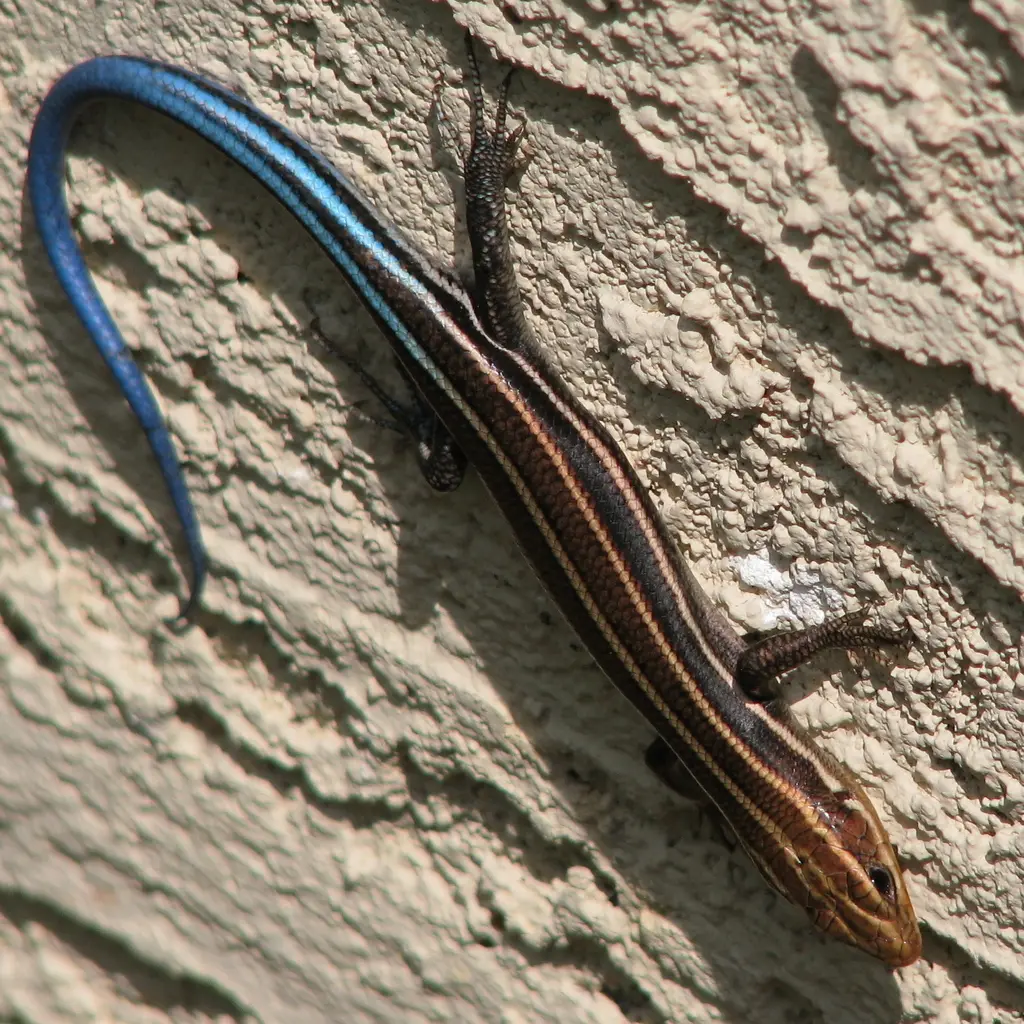
Hemidactylus frenatus
The lined skink is a species of small lizard found in Australia. They are named for the distinctive white or yellowish stripes running down their backs and tails. These stripes provide camouflage as the lizards blend in with blades of grass or plant stems. Lined skinks are typically between 5-8 inches long from snout to tail tip. They are ground-dwelling skinks, meaning they spend most of their time on the ground rather than climbing trees. Lined skinks are diurnal and insectivorous, feeding on ants, termites, beetles, and other small invertebrates.
They are oviparous, laying clutches of 2-10 eggs in nests dug in loose soil or litter. The lined skink is an abundant, widely distributed species across eastern Australia. They occupy a variety of habitats including forests, woodlands, heathlands, grasslands, urban gardens, and farms. Though not currently threatened, lined skink populations may face pressure from habitat loss and predation by invasive species. With their distinctive striped pattern and common occurrence, the lined skink is one of Australia’s most recognizable and familiar lizard species.


Turtle
Turtles are reptiles that have a hard shell which protects their body. There are around 300 different species of turtles that inhabit environments like the ocean, rivers, swamps, and deserts. Turtles are one of the oldest reptile groups, having evolved over 200 million years ago during the Triassic period. Most turtles are omnivores, eating both plants and animals. They typically have a lifespan between 10-80 years depending on the species.
Turtles are known for moving slowly on land, but many species are actually swift swimmers. All turtles lay eggs on land, digging nests in earth or sand to bury them. Hatchling turtles are vulnerable and face many predators in their early years, so only a small percentage make it to adulthood. While some species of turtles are widespread and abundant, many face threats such as habitat loss, hunting, and climate change. Overall, turtles play important roles in the food chain and help balance healthy ecosystems. Learning about their ancient linage, unique traits, and conservation status reveals why they are fascinating creatures to study and protect.


Monitor lizards
Monitor lizards are a large group of lizards in the family Varanidae. There are over 70 species of monitor lizards, which are characterized by their elongated necks, long forked tongues, strong limbs, sharp claws, and muscular tails. Monitor lizards are found throughout Africa, Asia, and Australia in a wide range of habitats including forests, grasslands, deserts, and even near human settlements.
The largest monitor lizard species is the Komodo dragon, which can grow up to 10 feet long and weigh over 300 pounds. Komodo dragons are found on several Indonesian islands and are an apex predator, even capable of taking down large prey like deer through a combination of their sharp teeth and toxic bacteria in their saliva. Most other monitor species are much smaller, though they are still skilled hunters feeding on insects, small mammals, birds, fish, and eggs.
Monitor lizards are known for their intelligence and high activity levels compared to other lizards. They are excellent climbers and swimmers, with several adaptations for these activities like strong claws and muscular tails that act as paddles in water. Overall, monitor lizards are a successful and diverse lizard group able to thrive in habitats across the world.

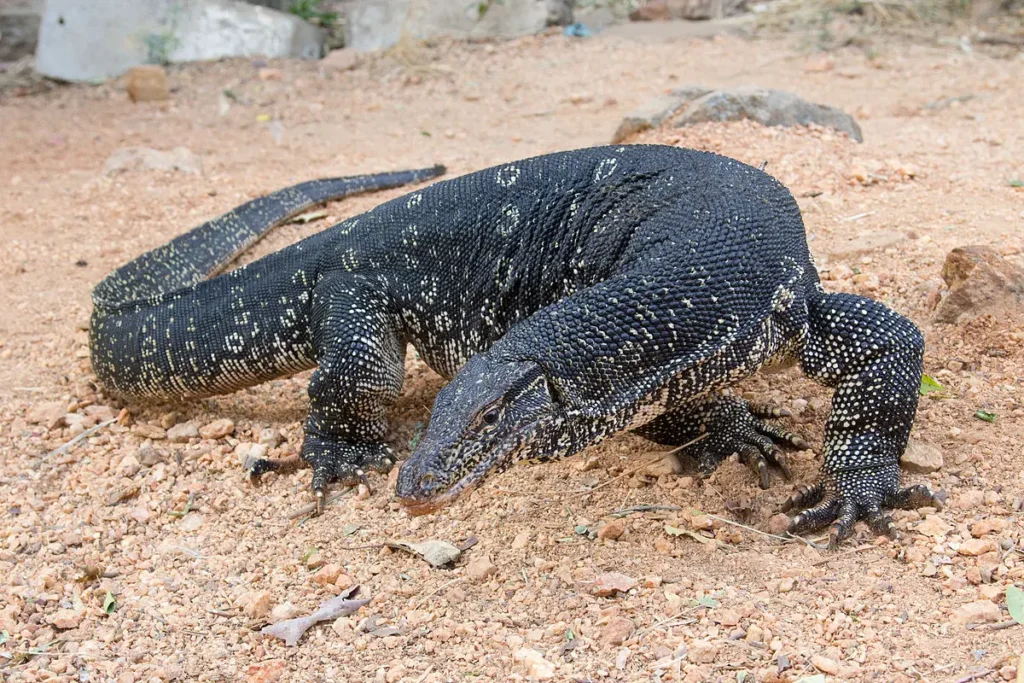
Conclusion
In conclusion, reptiles are a diverse and fascinating group of animals that inhabit a wide range of habitats globally. From the iconic Komodo dragon to the humble garden skink, reptiles exhibit an impressive array of adaptations for survival. While some species like crocodiles and snakes inspire fear in humans, reptiles play critical roles as predators and prey in ecosystems. However, many reptiles face threats from habitat destruction and overhunting.
It is important that we understand their ecological importance and support conservation efforts. Increased public education and legal protections are key to ensuring the future survival of Earth’s reptiles. While often misunderstood, reptiles have much to teach us about successful evolutionary strategies. Their perseverance over millions of years is a testament to the resilience of this ancient lineage.

 Animals6 months ago
Animals6 months agoTypes of Ants Living in the World and Information

 Forests6 months ago
Forests6 months agoThe 10 Best Forests to Visit in the World

 Ocean7 months ago
Ocean7 months agoOceans in the World and Their Information & Locations

 Forests3 years ago
Forests3 years agoWhat Is The Biggest Rainforest In The World?

 Animals3 years ago
Animals3 years agoMost Popular Wild Animals in The World

 Animals3 years ago
Animals3 years ago(10) Insects Are Animals in the world?

 Nature5 months ago
Nature5 months agoThe 10 Largest Farms in the World

 Forests7 months ago
Forests7 months agoThe Main Factors That Contribute to Forest Destruction











